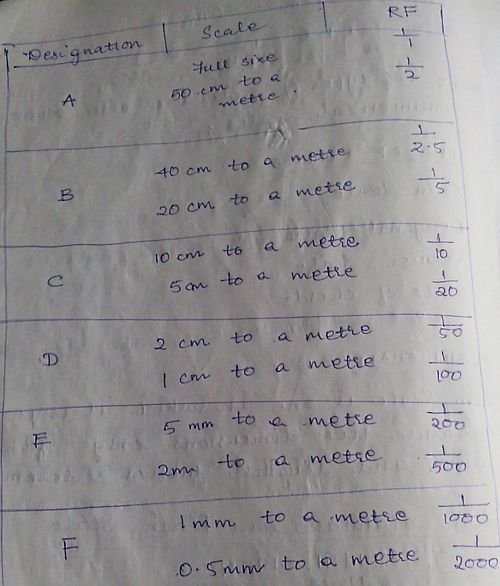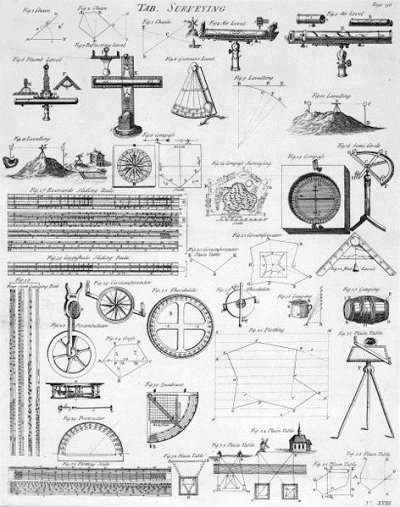Chaining on Sloping Ground | Surveying and Levelling
There are two methods for determining horizontal distance on sloping ground.
- Direct Method
- Indirect Method
Direct Method of Chain Surveying
This method is also known as “Stepping Method”.
The horizontal distances are directly measured by the process of stepping.
Procedure
A path of chain or tape is stretched out from ‘P’.
The path length of chain or tape depends on the steepness of the ground.
The follower holds the zero end of the chain at ‘P’ and directs the leader at P1 to be in the line of PQ and stretch the chain or tape above the ground in horizontal line.

The leader then transfers the point ‘P1’ to P2 on the ground by means of plumb bob or dropping a pebble or an arrow,
Now the followers take the new position ‘P2’ and directs the leader to move forward and stretch the tape or chain in a line of PQ.
Now the followers take the new position ‘P2’ and directs the leader to move forward and stretch the tape or chain in a line of PQ and the new position is P3.
Again the leader transfers the point P3 to P4 on the ground as done earlier.
This process is repeated till the point Q is reached.
Horizontal distance PQ = S1 + S2 + S3 + S4 + S5





